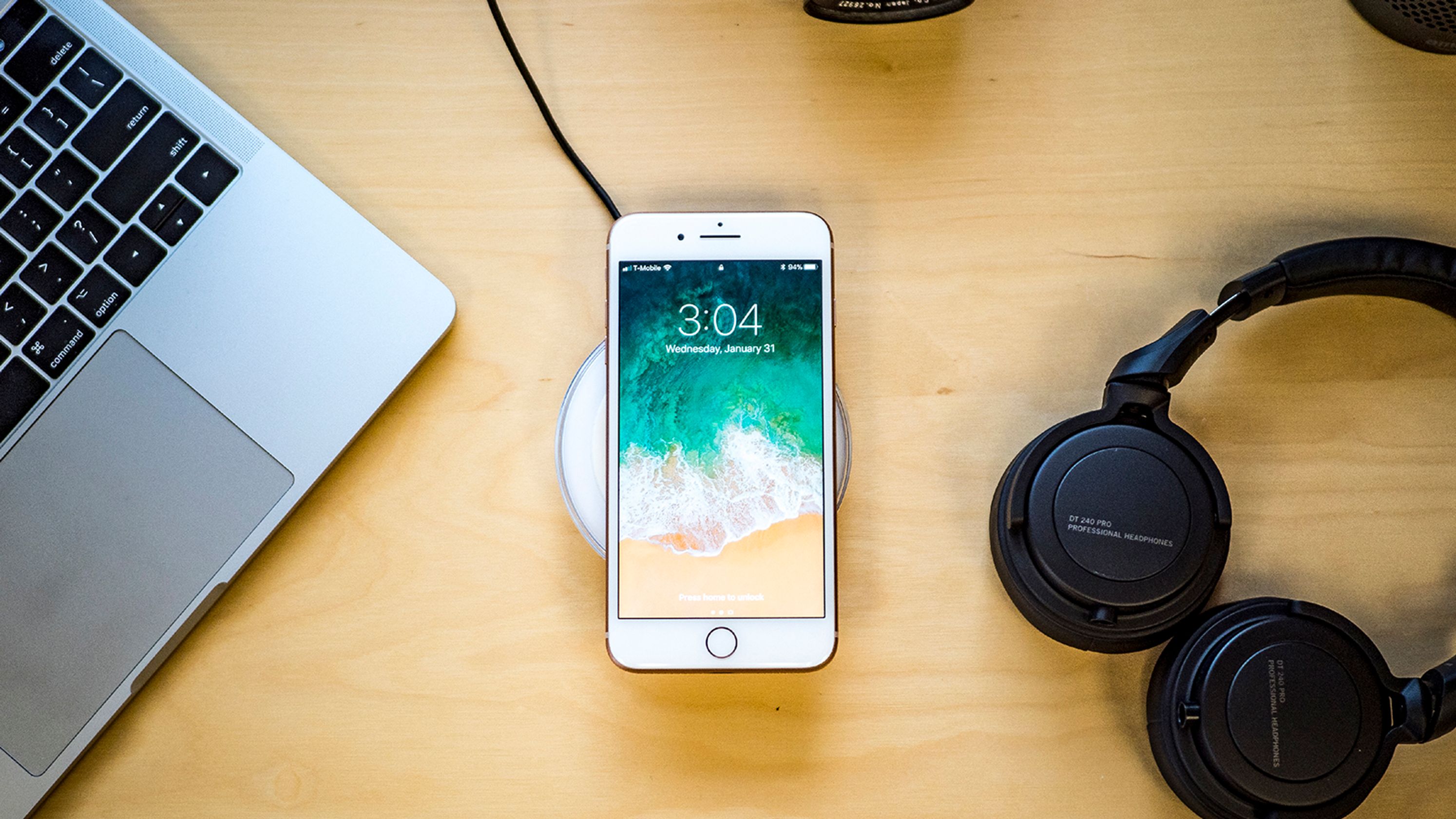Android users now have two new ways to read and write their text messages on their larger screens – one from Google and the other from Microsoft.
That’s an option that iPhone users have enjoyed since 2012’s Mountain Lion release brought Apple’s iMessage system to Macs. But for years, Google’s smartphone operating system had no answer for that short of using a Google Voice number instead of your regular wireless digits.
Google began rolling out a better option this summer when it introduced a Web version of the Messages texting app it ships for Android 5.0 and newer releases. (If your Android phone includes a different texting app, such as Samsung’s, you’ll need to switch from that to Google’s.) To try that out, open Messages, tap its menu button, and select “Messages for web.”
In your computer’s copy of Chrome, Safari, Mozilla Firefox or Microsoft Edge, visit messages.android.com. Then pick up your phone and tap the “Scan QR code” button in the Messages app and point its camera at the code on that Web page; in a few moments, you should see your texts pop up on that page.
You can set up multiple computers for this access, but only one can be active at a time. Your phone also needs to be online for this messages-to-Web link to stay up.
Microsoft’s offering
Microsoft has been touting its own concept of phone-to-PC messages in Windows 10’s October 2018 update – but since it had the yank that releases to quash some bugs before resuming that rollout in November, many Win 10 users have yet to see it.
In this setup, you install Microsoft’s Your Phone app on your PC – though built into the October update, you can download it for April’s Win 10 release – and on your Android device, provided it runs the 7.0 or newer release of Google’s operating system.
Open that Android app, sign in to your Microsoft account in it, and follow its prompts to pair it with your PC. They’ll include a request for permission to read and write your text messages; this Android app essentially acts as a remote control for your usual texting app.
Your Phone doesn’t show pictures attached to texts (although it does let you browse your mobile device’s own photos and screenshots), and it shows only your most recent messages. Like Google’s Messages, it also allows only one phone-to-computer pairing at a time.
But it’s easier than Microsoft’s earlier method for putting your texts on your PC, a complicated system that required many more steps to set up.
Things to consider
Both Google and Microsoft’s efforts fall short of the integration Apple offers with iMessage – not to mention Apple’s end-to-end encryption. But because they leave your wireless carrier in the loop instead of routing around it as Apple does, they also shouldn’t incur the risk that switching to the wrong phone will leave friends’ texts disappearing, a common complaint of iMessage users.
Note that all of these systems leave personal correspondence in more places. And if you use text messages as a two-step verification method, they raise the risk of a laptop theft leading to the compromise of your accounts.
But the bigger risk there is probably of an attacker persuading your carrier to port your number to them. The fix for that isn’t to confine your texts to your phone, but to switch to a Google Voice number or an app-based two-step system like Google Authenticator that can’t be hacked by somebody calling up your carrier’s customer service line and pretending to be you.


